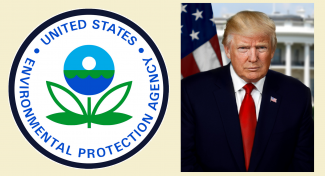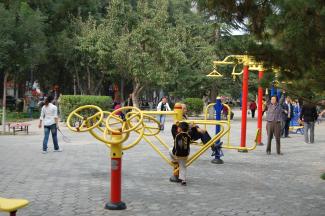Pennsylvania Supreme Court Rules That Shale Gas Revenues From State Forests and Parks Must Be Spent on Conservation
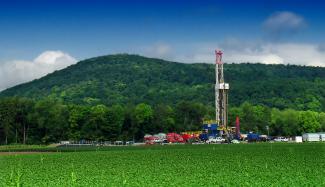
In a landmark decision issued June 20, the Pennsylvania Supreme Court confirmed that Pennsylvania’s Environmental Rights Amendment, adopted in 1971, creates a “public trust” in Commonwealth resources as the “common property of all the people including generations yet to come.”

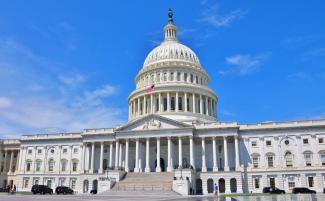

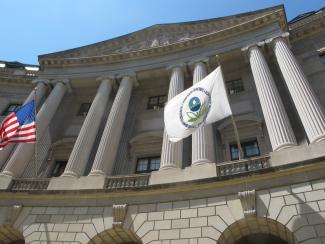
![Food Waste By Taz [CC BY 2.0 (http:/creativecommons.org/licenses/by/2.0)], via Wikimedia C](/sites/default/files/styles/max_325x325/public/images/blog/800px-gi-market-food-waste.jpg?itok=AZVCaYTR)
